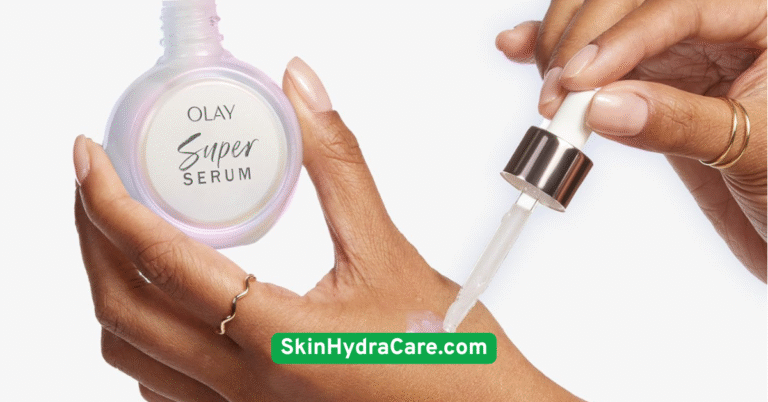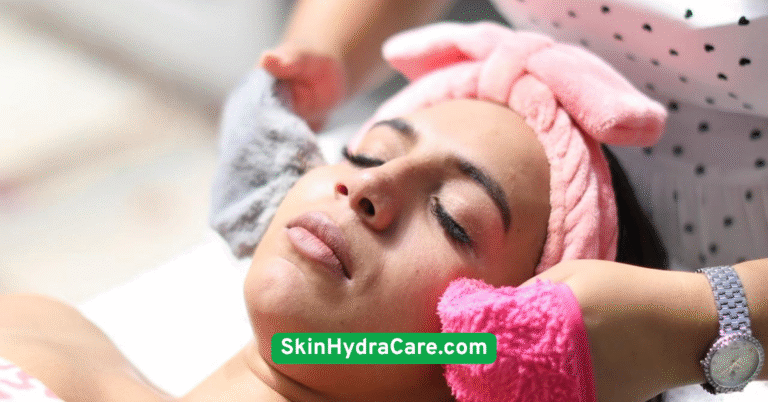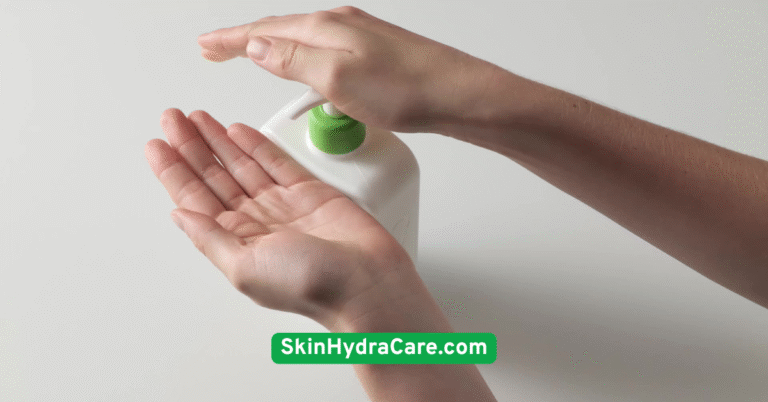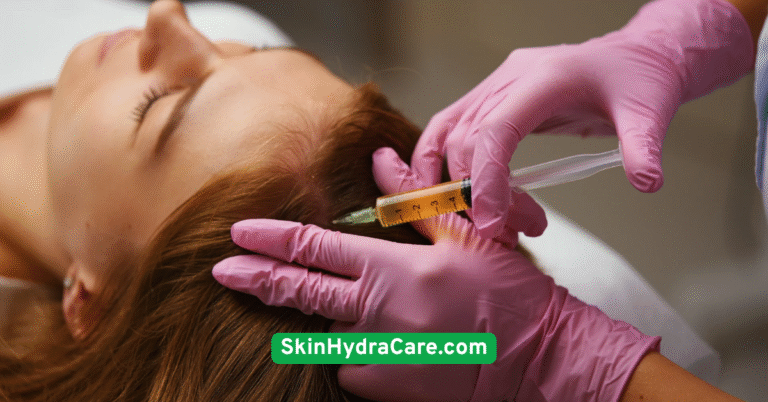30 Gentle Skincare Tips to Calm Redness
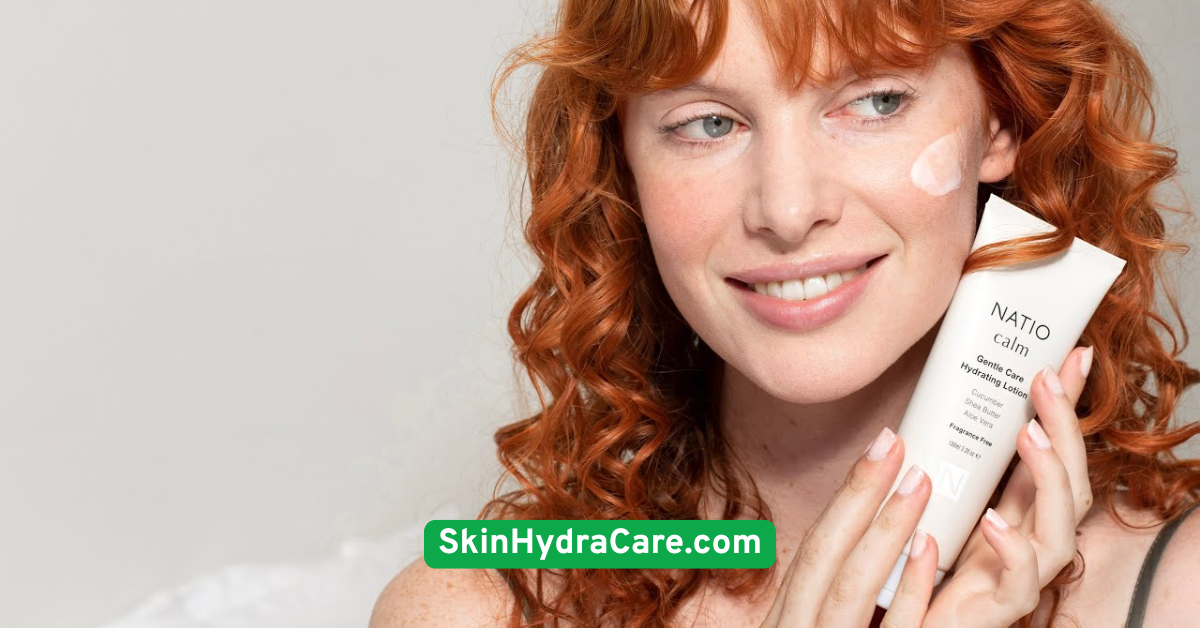
Let’s dive into your soothing skincare journey!
1. Use a Fragrance-Free, Hydrating Cleanser
Cleansers with fragrance or strong surfactants can strip your skin’s natural oils, leading to irritation. Instead, opt for gentle, hydrating cleansers that are free of sulfates and alcohols. Look for products containing glycerin, panthenol, or colloidal oatmeal, which clean without disrupting your skin’s moisture barrier.Creamy or micellar water-based cleansers work best for redness-prone skin. These formulas lift dirt and makeup while leaving your skin feeling soft and comforted—not tight or dry.

2. Wash Your Face with Lukewarm Water
Hot water may feel relaxing, but it’s terrible for sensitive skin. It can strip away essential oils and cause capillaries to dilate, increasing redness.Instead, wash your face using lukewarm water to maintain balance and keep inflammation at bay. Cold water can help temporarily with puffiness, but lukewarm is gentlest for daily use.
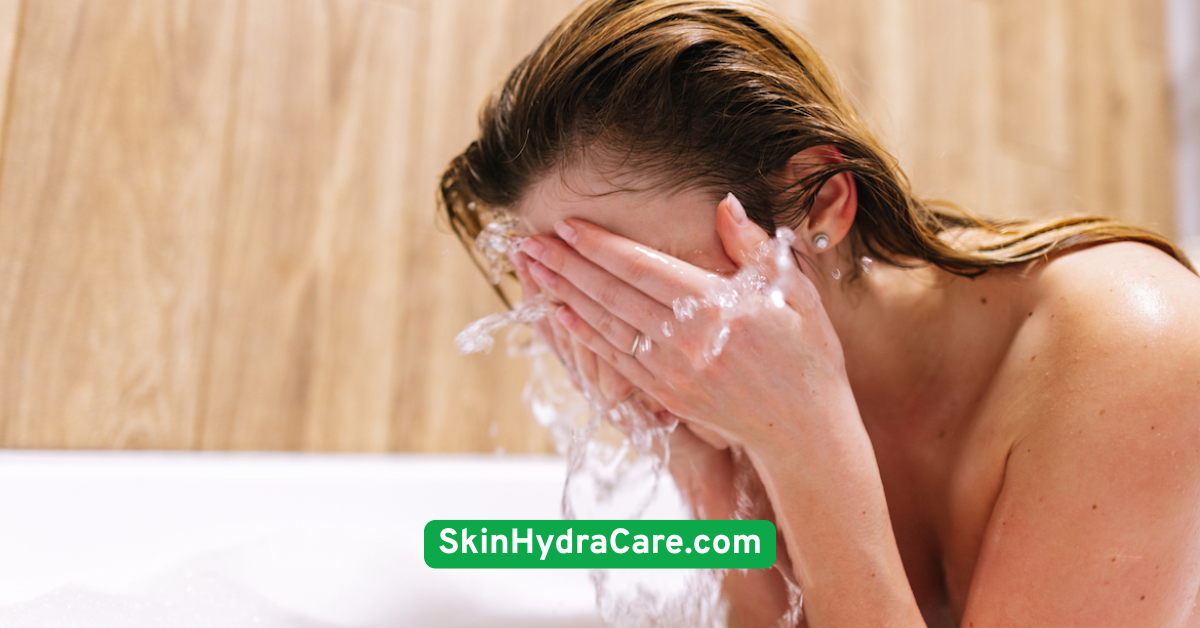
3. Apply a Soothing Toner with Aloe or Chamomile
Skip the astringent toners that sting and opt for soothing toners packed with ingredients like aloe vera, cucumber, rose water, or chamomile. These botanicals calm redness while refreshing your skin post-cleansing.Bonus: Some toners come with added hydration—perfect for prepping your skin for the next steps in your routine.
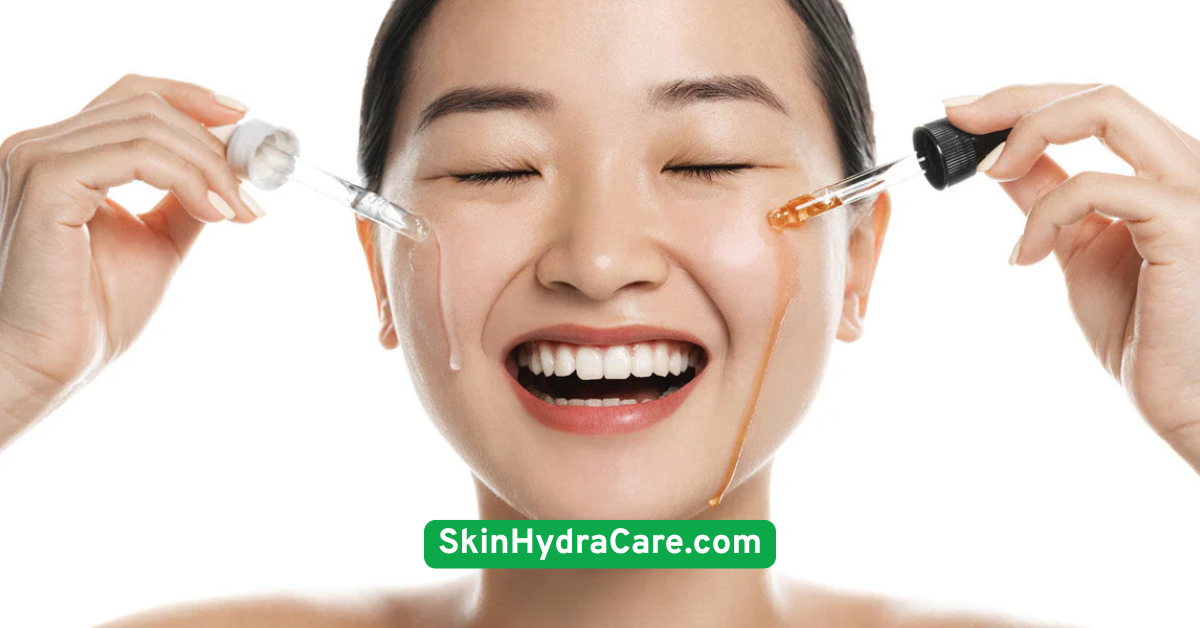
4. Use a Moisturizer with Ceramides
Ceramides are skin-replenishing lipids that help restore the barrier, seal in moisture, and calm irritation. Redness often occurs when the barrier is compromised—making ceramide-rich moisturizers a must.Choose a lightweight, non-comedogenic formula if you’re acne-prone, or go richer if your skin leans dry and flaky.
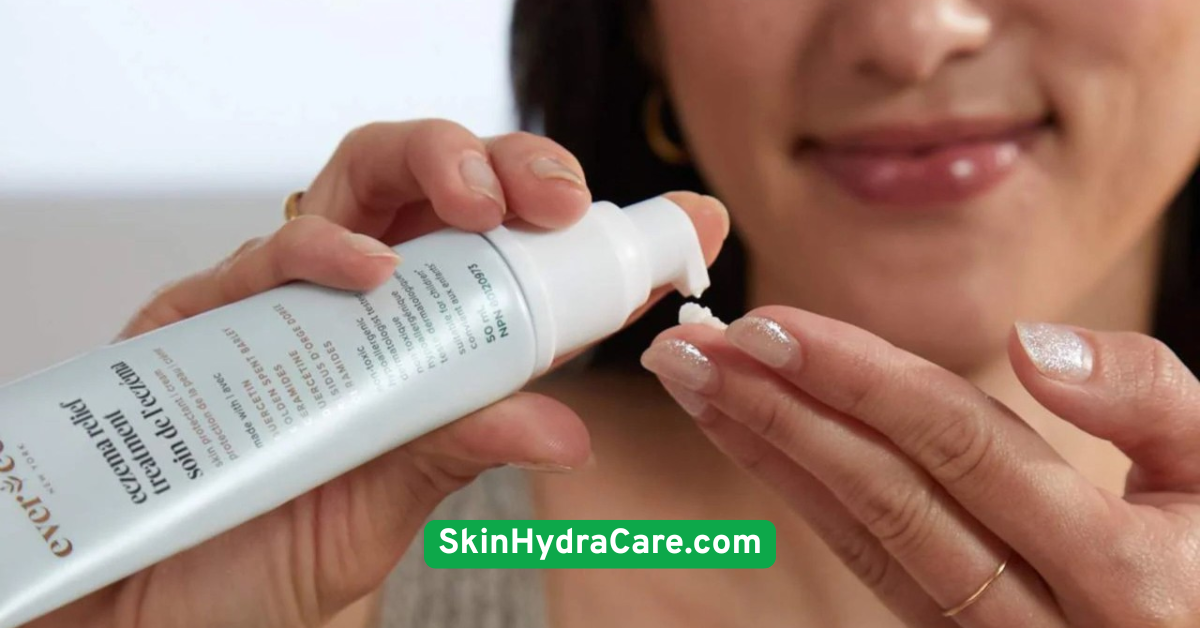
5. Try a Green-Tinted Color Correcting Cream
A green-tinted CC cream or primer helps visually neutralize redness. While it won’t treat the cause, it can make your complexion appear more even.Use it as a makeup base under foundation or on its own for no-makeup days when you want a smoother, more confident look.
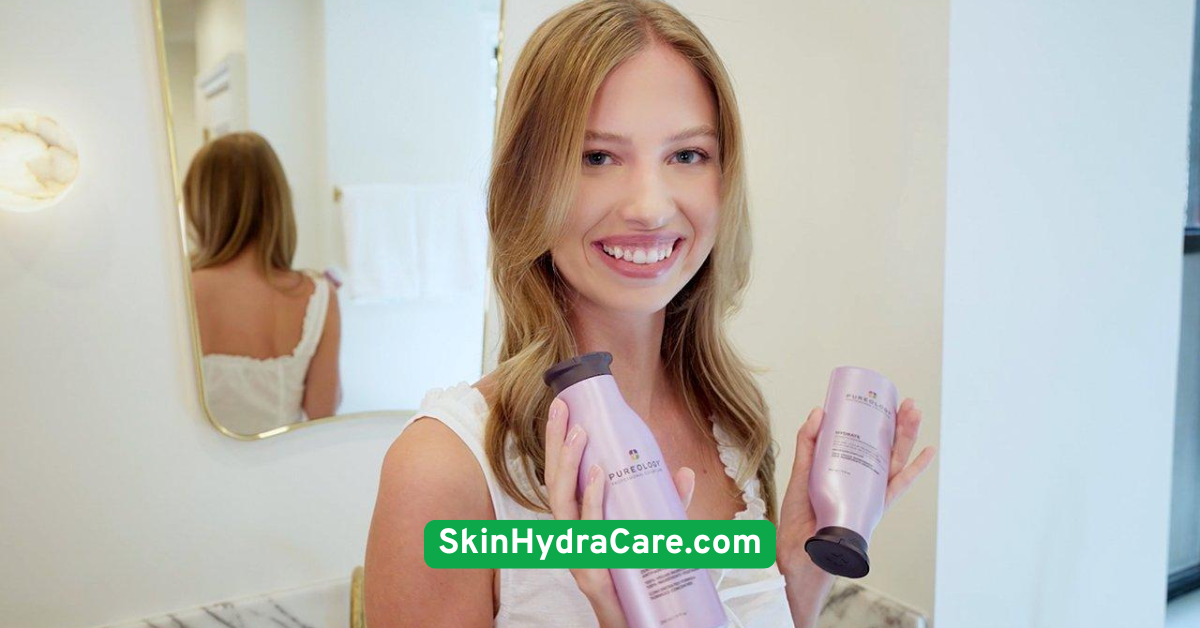
6. Keep Your Skincare Routine Minimal
Less is more when it comes to calming red skin. A long list of actives and exfoliants can overwhelm sensitive skin, leading to more redness.Stick to the essentials: cleanser, toner (optional), moisturizer, sunscreen, and one calming serum. Introduce new products slowly and one at a time.

7. Use Hypoallergenic Products
Products labeled hypoallergenic are less likely to trigger allergic reactions. They’re usually free from common irritants like dyes, fragrances, and preservatives.Always check the label. A short ingredient list is your friend!
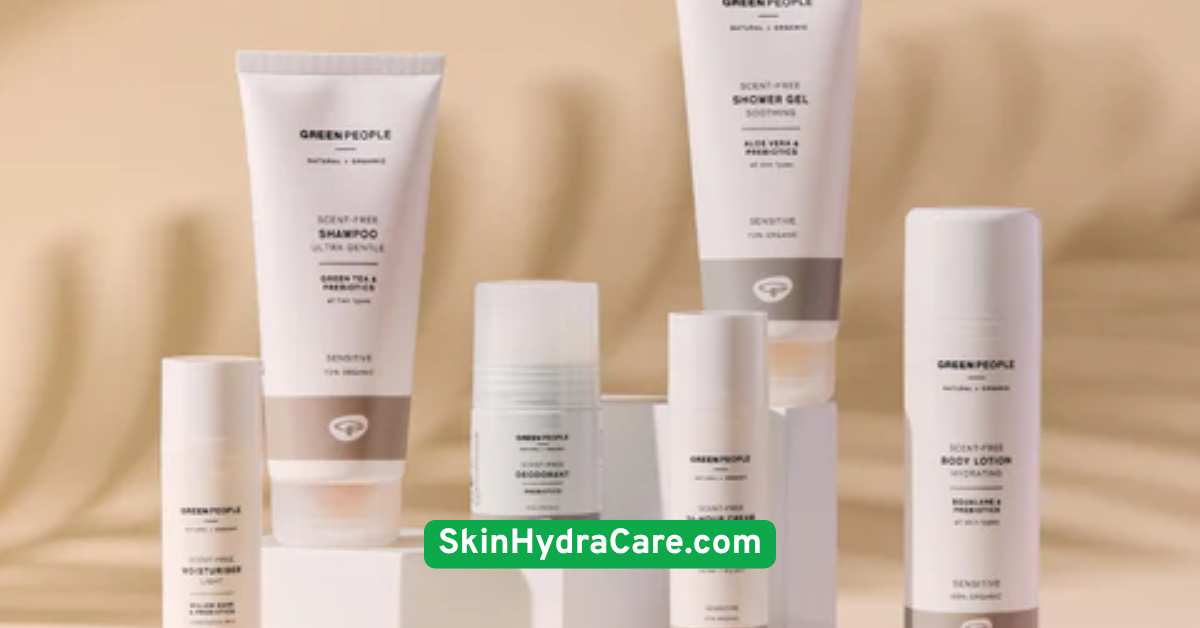
8. Avoid Physical Exfoliants
Scrubs with microbeads or harsh granules can cause micro-tears in the skin, worsening redness. Instead, if you need exfoliation, go for gentle chemical exfoliants like lactic acid, mandelic acid, or polyhydroxy acids (PHAs).Use them sparingly—once or twice a week—and always follow up with a soothing moisturizer.
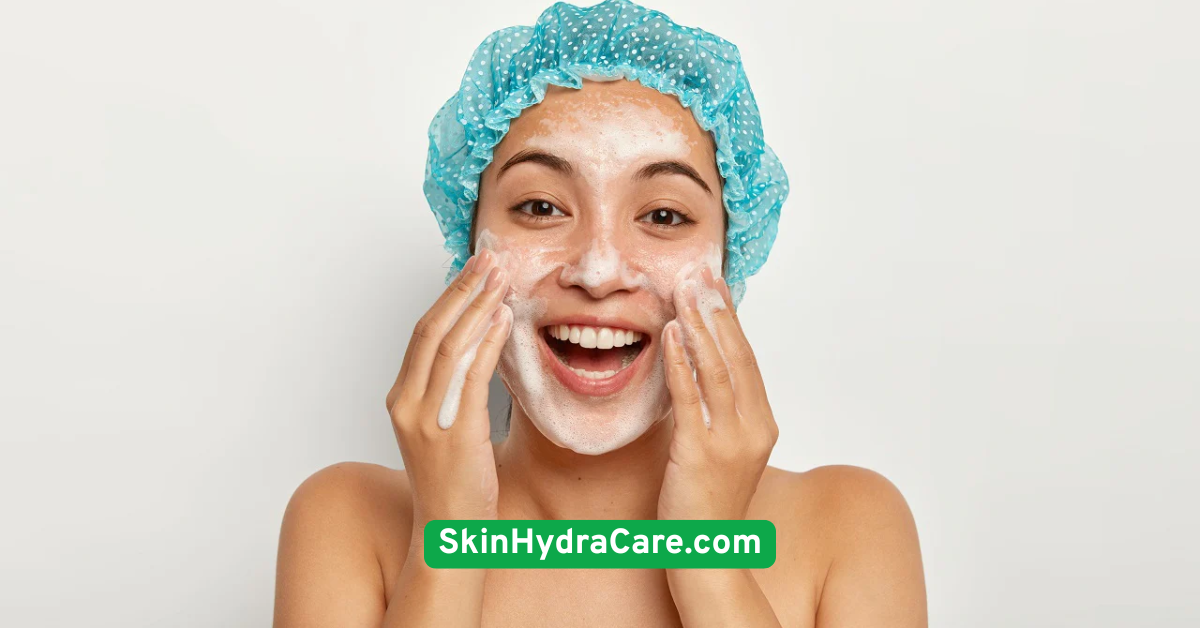
9. Incorporate Niacinamide into Your Routine
Niacinamide (vitamin B3) is a superstar ingredient. It reduces inflammation, strengthens the skin barrier, improves hydration, and evens out skin tone.Start with a low concentration (2–5%) and watch your skin calm and glow over time.
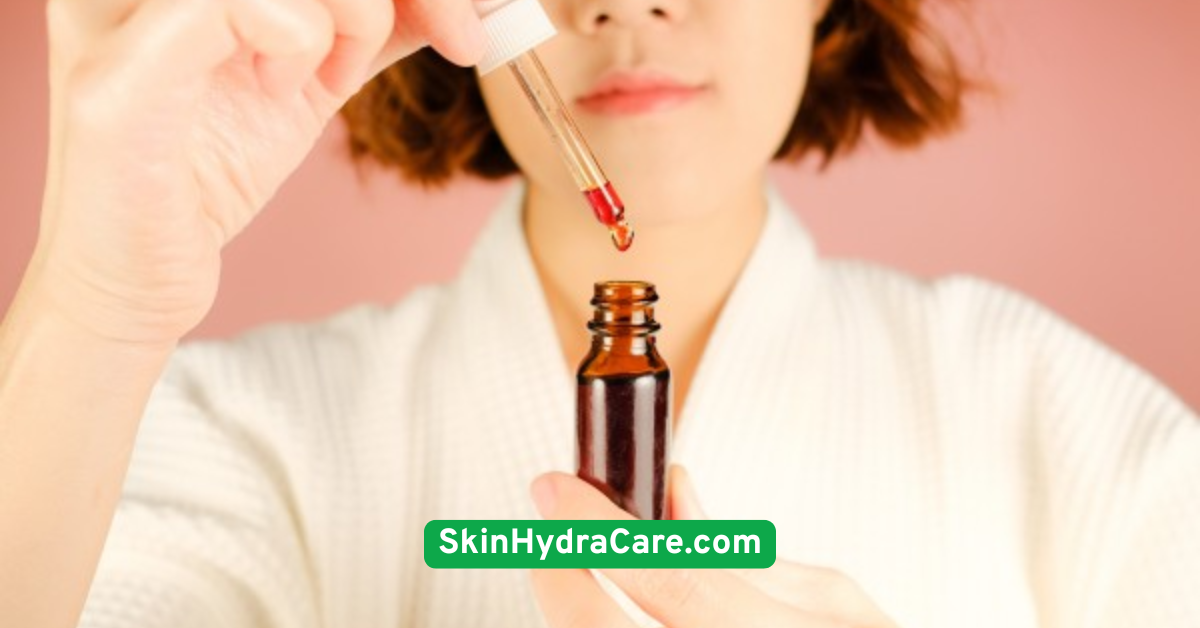
10. Use SPF Daily—even Indoors
Sun protection is essential if you want to reduce redness. UV rays can trigger inflammation and worsen sensitivity. Even indoor light can impact your skin!Choose a mineral sunscreen with zinc oxide or titanium dioxide—they’re less likely to irritate.
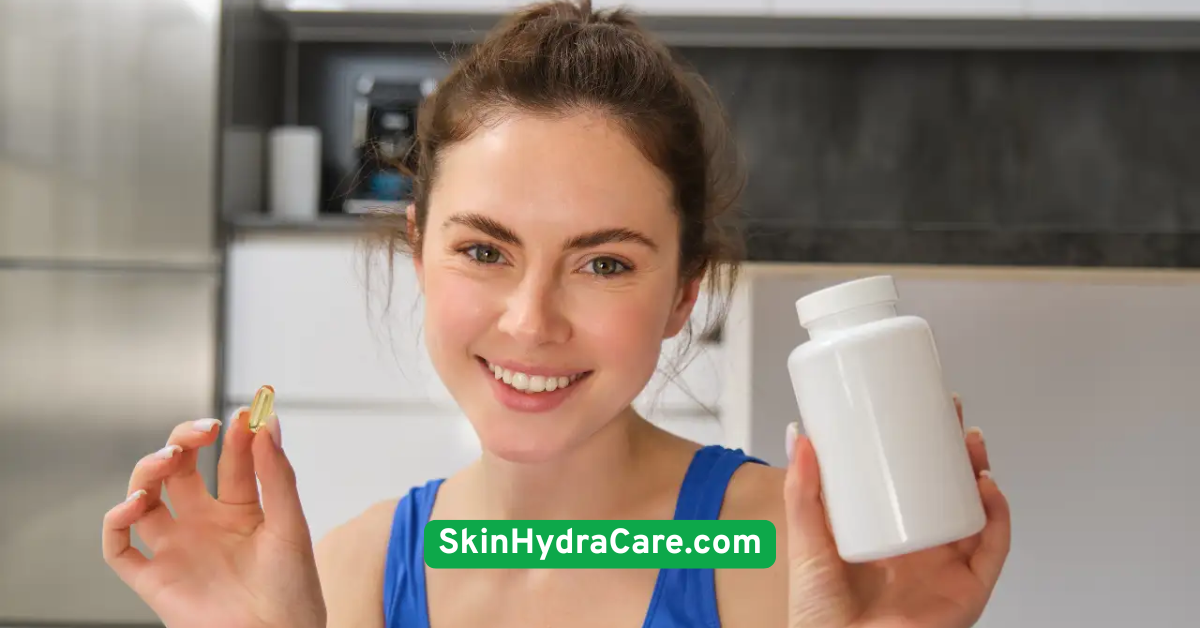
11. Skip Alcohol-Based Toners or Astringents
Old-school astringents with alcohol are a big no for redness-prone skin. They dry out the skin and can cause flare-ups.Hydrating mists or toners with calming ingredients are much safer and more effective.

12. Introduce Products One at a Time
Trying too many new products at once can backfire. If redness worsens, you won’t know what caused it.Add products to your routine one at a time, and give them 1–2 weeks to see how your skin responds.
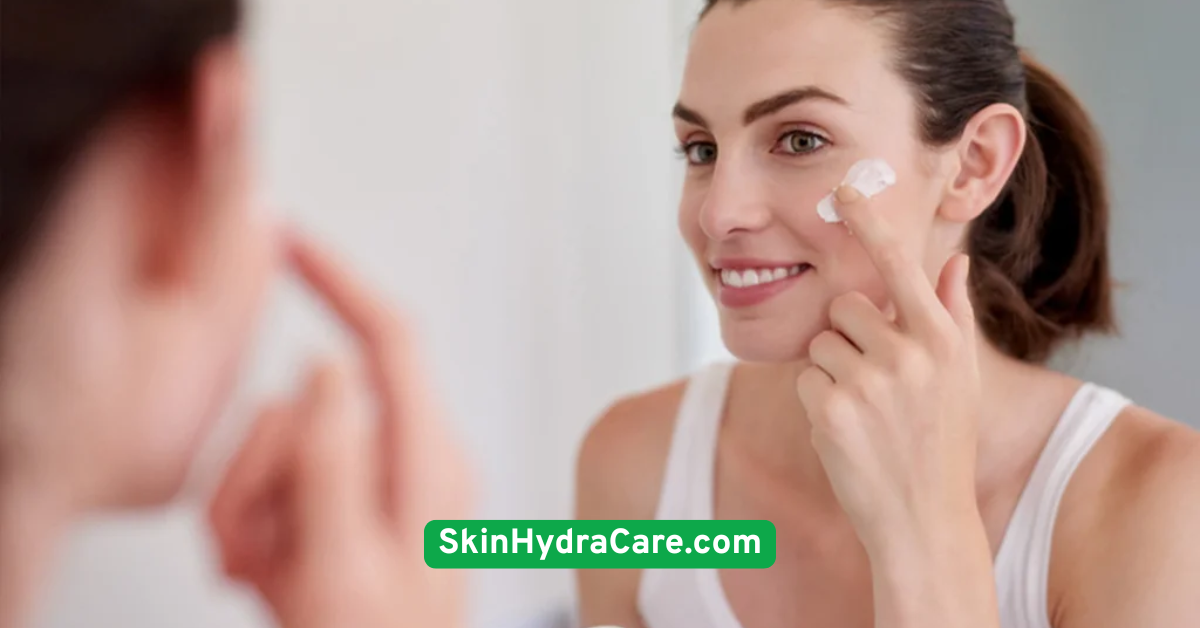
13. Sleep on a Silk or Satin Pillowcase
Cotton pillowcases can tug on the skin and cause friction. Switching to silk or satin helps your skin slide smoothly as you sleep, reducing irritation.Plus, it’s great for reducing hair frizz and breakage!

14. Avoid Long Hot Showers
Much like hot face washing, long hot showers can dry out your skin and strip protective oils.Keep showers short (under 10 minutes), and opt for lukewarm water to maintain a happy, healthy barrier.
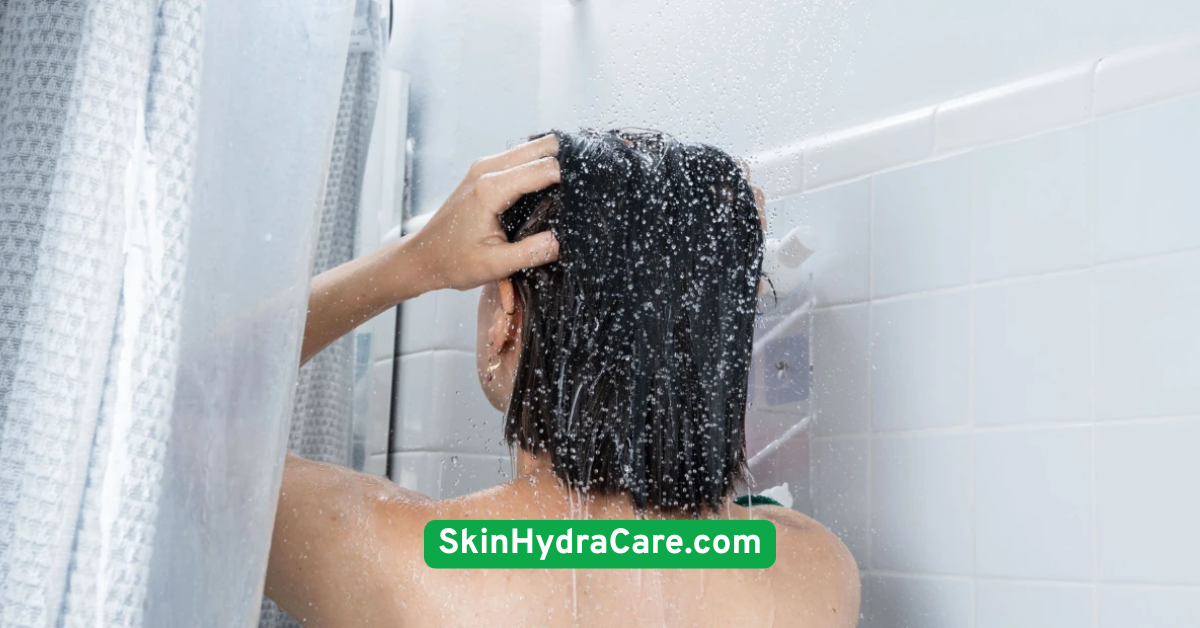
15. Try a Colloidal Oatmeal Mask
Colloidal oatmeal is one of the most soothing ingredients for irritated skin. It calms inflammation, hydrates, and forms a protective film over the skin.Apply it as a mask 2–3 times per week or use a cream with it daily.
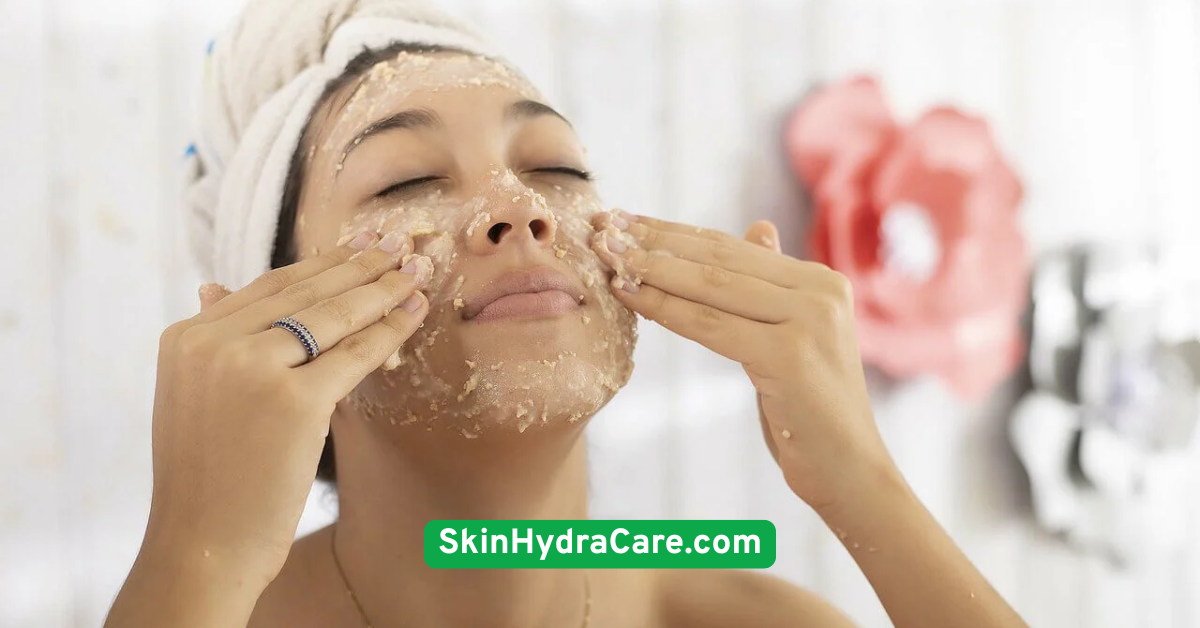
16. Use a Facial Mist with Thermal Spring Water
Thermal spring water is rich in minerals that naturally soothe the skin. Use a fine mist throughout the day to refresh and calm redness.It’s especially helpful during hot days or after workouts.
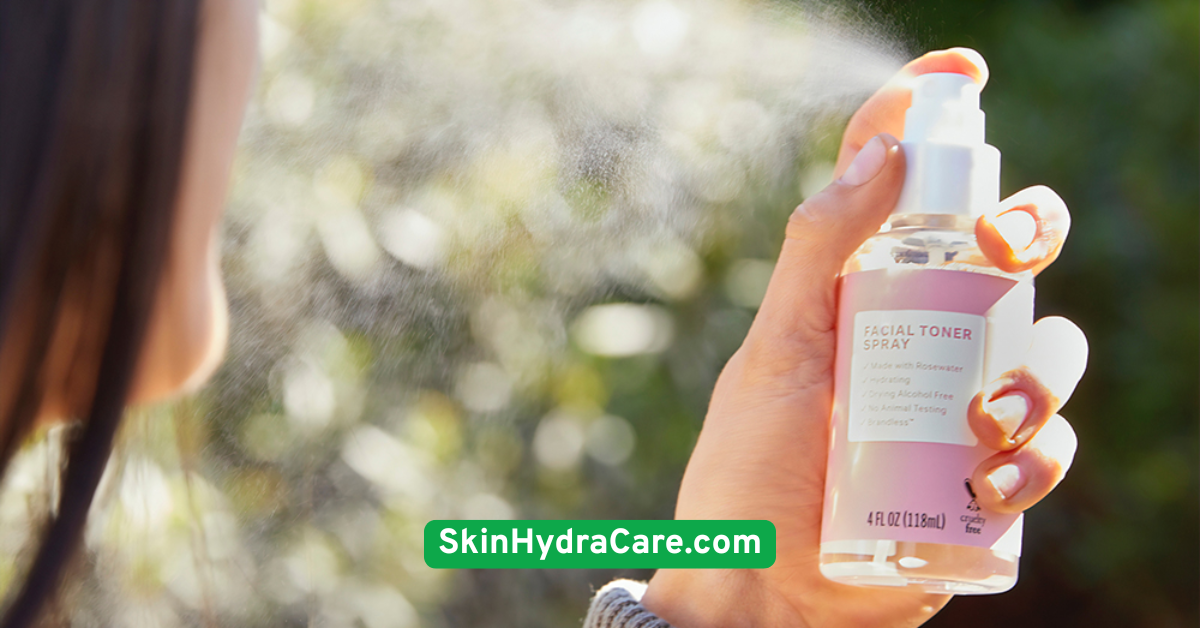
17. Avoid Touching or Picking Your Face
Constantly touching your face can transfer bacteria and irritants, worsening inflammation. Picking at skin or pimples damages the barrier and causes redness.Keep hands clean and off your face as much as possible.
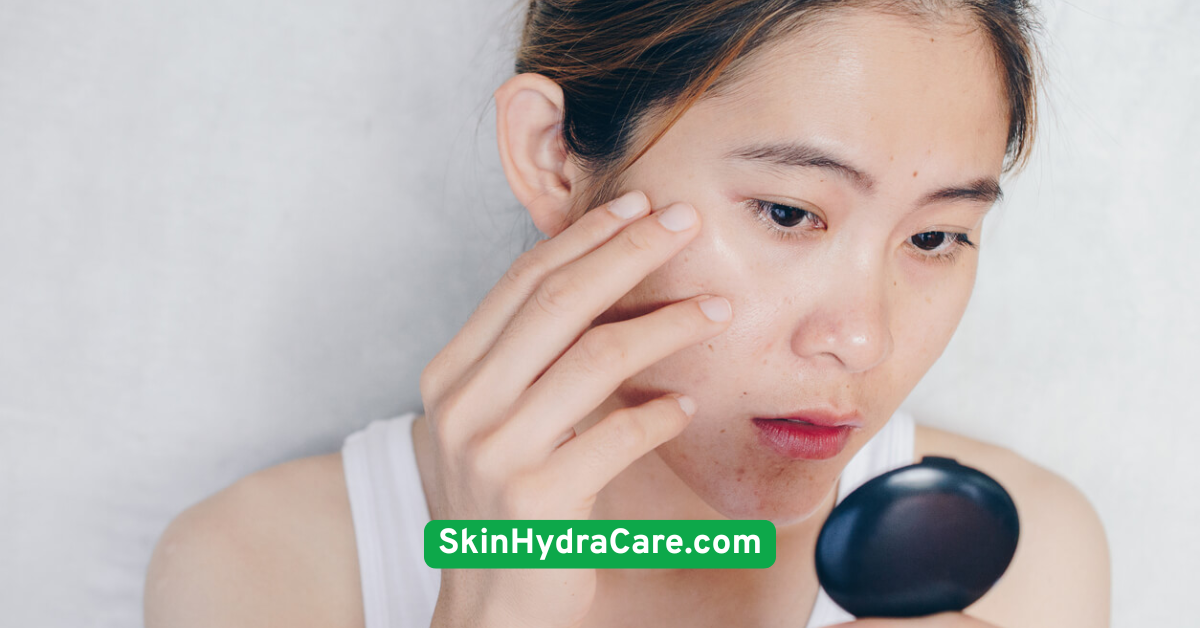
18. Use Skincare Tools Sparingly
Overuse of rollers, brushes, or even cleansing devices can worsen redness. While they may feel luxe, they’re often too stimulating for sensitive skin.Stick to clean hands or soft cloths instead.
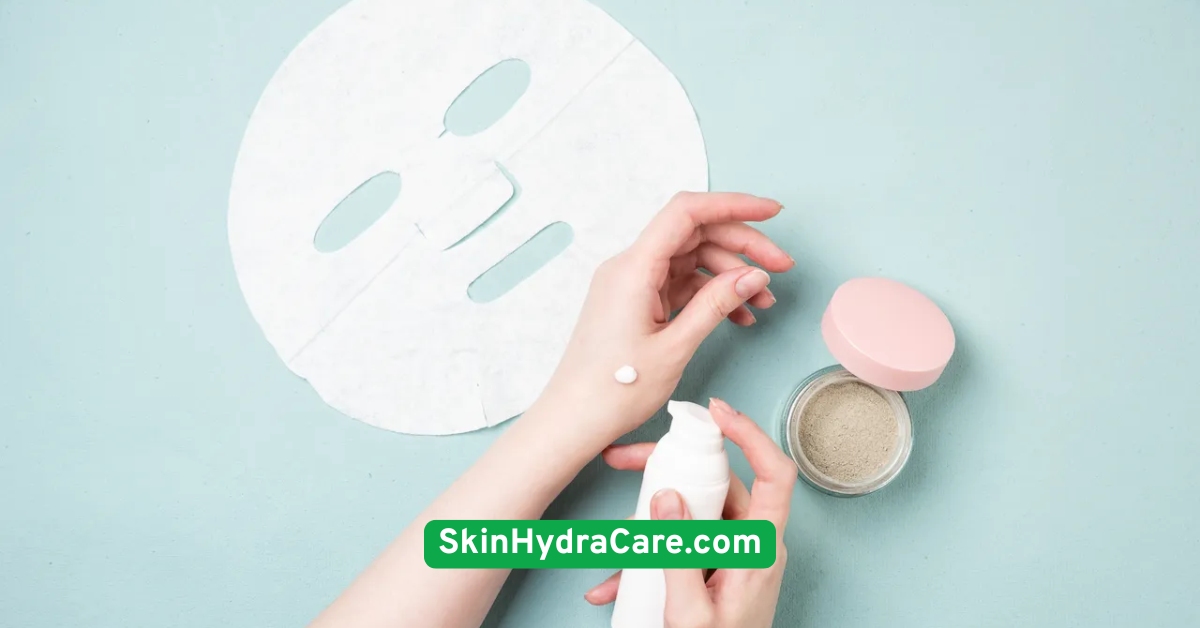
19. Choose Non-Comedogenic, Lightweight Products
Heavy, occlusive products may clog pores and aggravate redness. Opt for lightweight moisturizers, serums, and SPFs labeled “non-comedogenic.”This helps ensure you’re hydrating without triggering breakouts or inflammation.
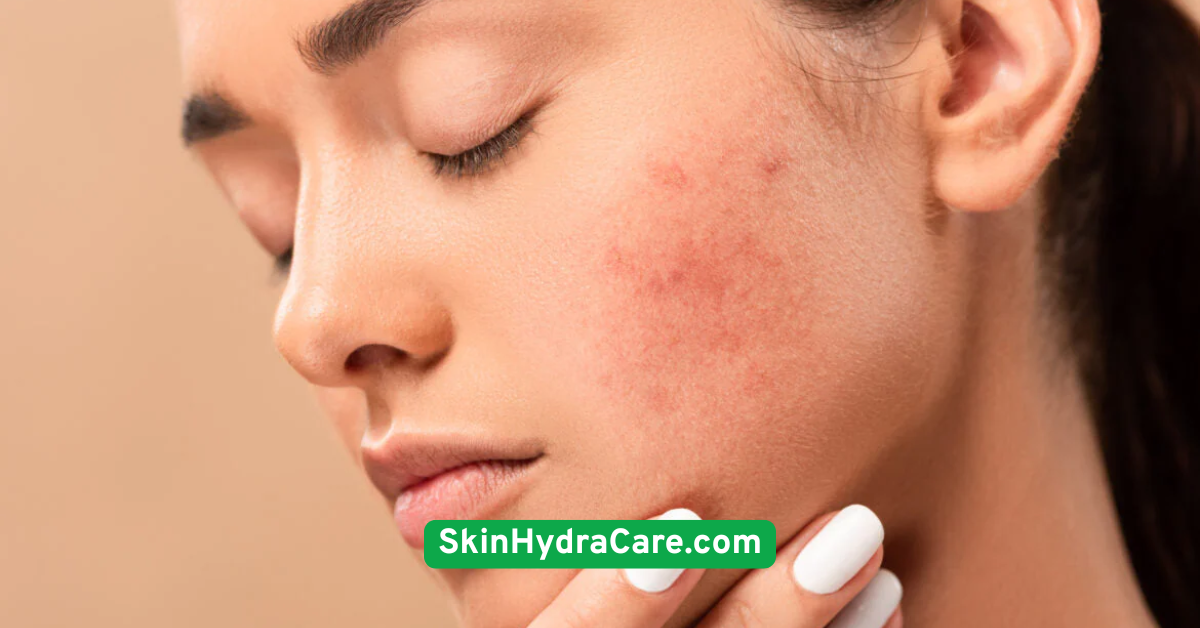
20. Keep Your Skincare Fridge Cool—but Not Cold
Storing some products in the fridge can provide a soothing, cooling effect—but freezing cold temperatures can shock already-irritated skin.Keep things cool, not icy.
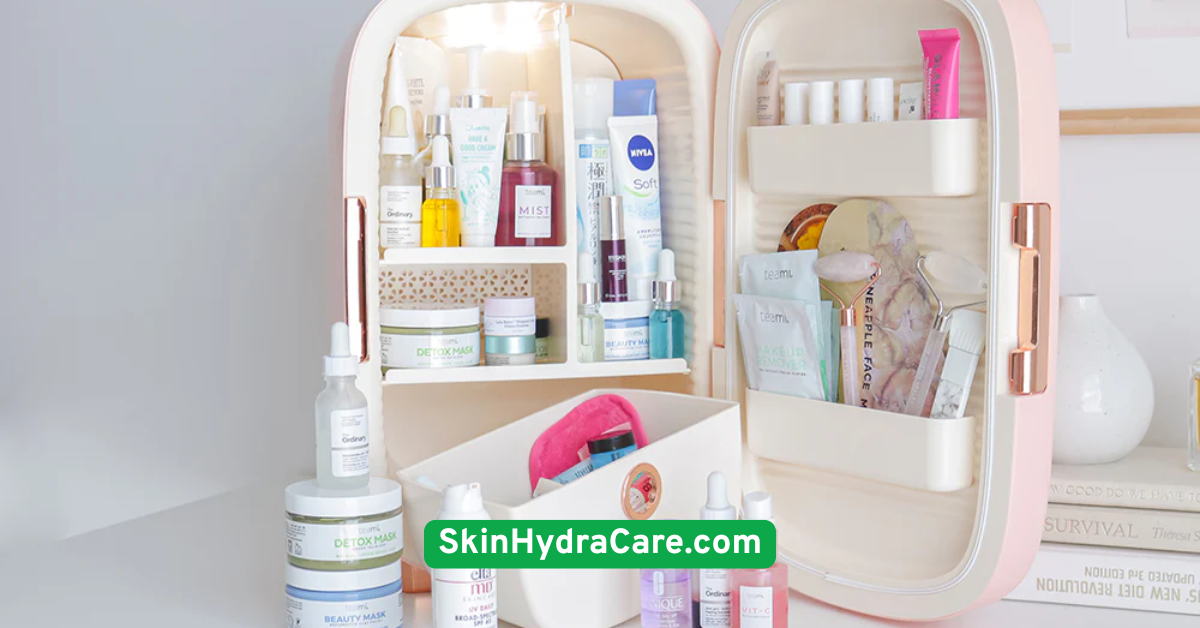
21. Monitor Your Diet
Spicy foods, caffeine, and alcohol are common redness triggers. Instead, fuel your body with anti-inflammatory foods like salmon, avocados, berries, and leafy greens.Your skin reflects what you eat!
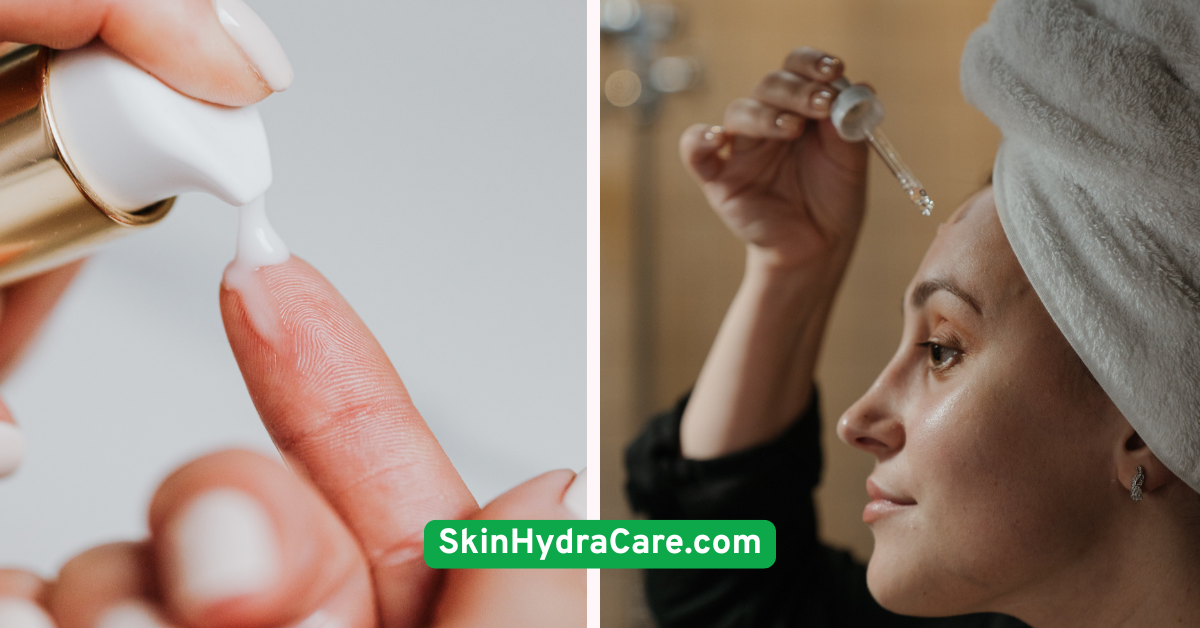
22. Manage Stress Levels
Stress triggers hormones that worsen inflammation and sensitivity. Deep breathing, yoga, and even short walks can help regulate your nervous system—and your skin.Make stress reduction a non-negotiable part of your skincare routine.
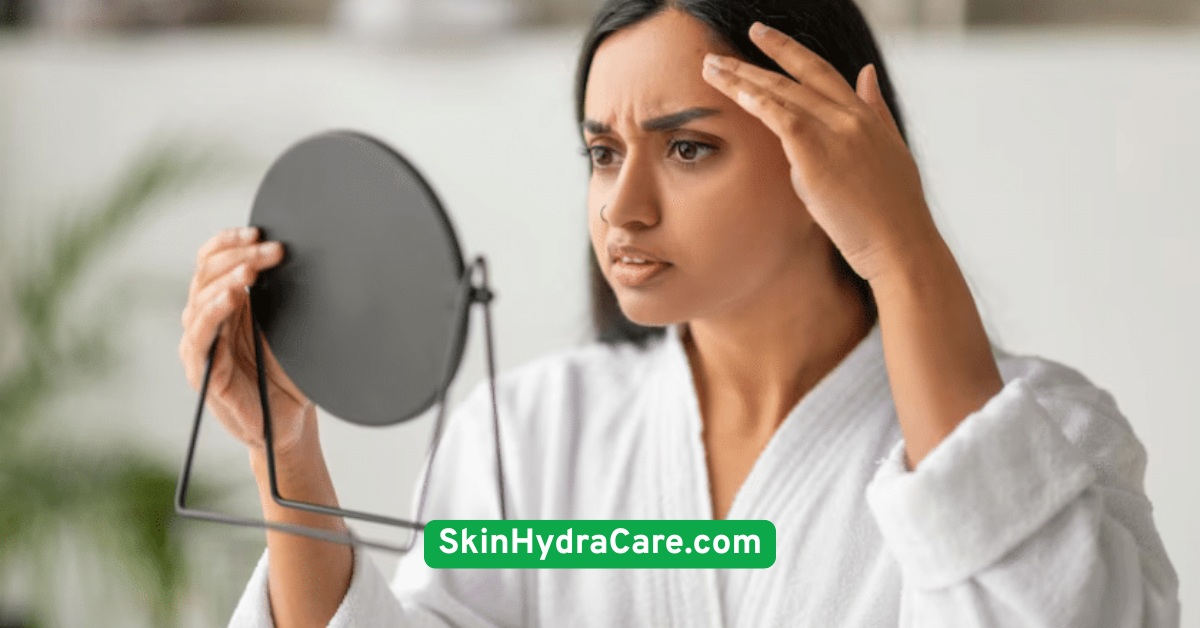
23. Use Barrier Creams in Harsh Weather
Cold winds, heat, and pollution all test your skin’s limits. Applying a barrier cream before stepping out helps protect and buffer your skin.Look for formulas with shea butter, beeswax, or squalane.
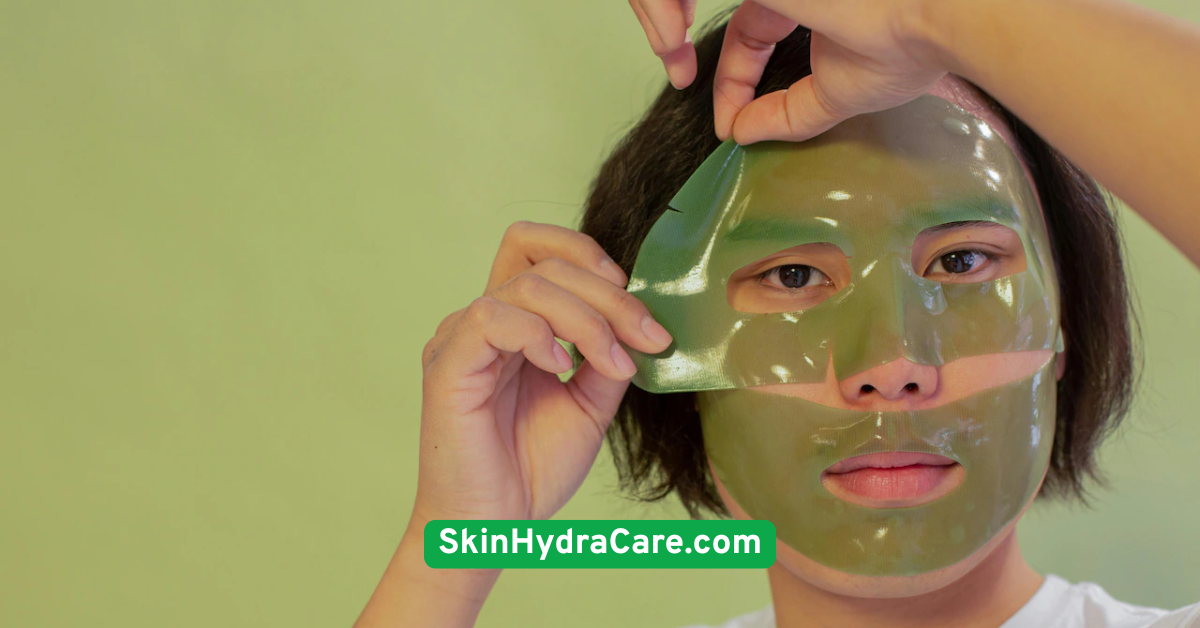
24. Avoid Over-Cleansing
Washing more than twice daily is overkill for most skin types and can dry out and sensitize your face.Stick to morning and evening cleansing—or just rinse with water in the AM if you’re especially sensitive.
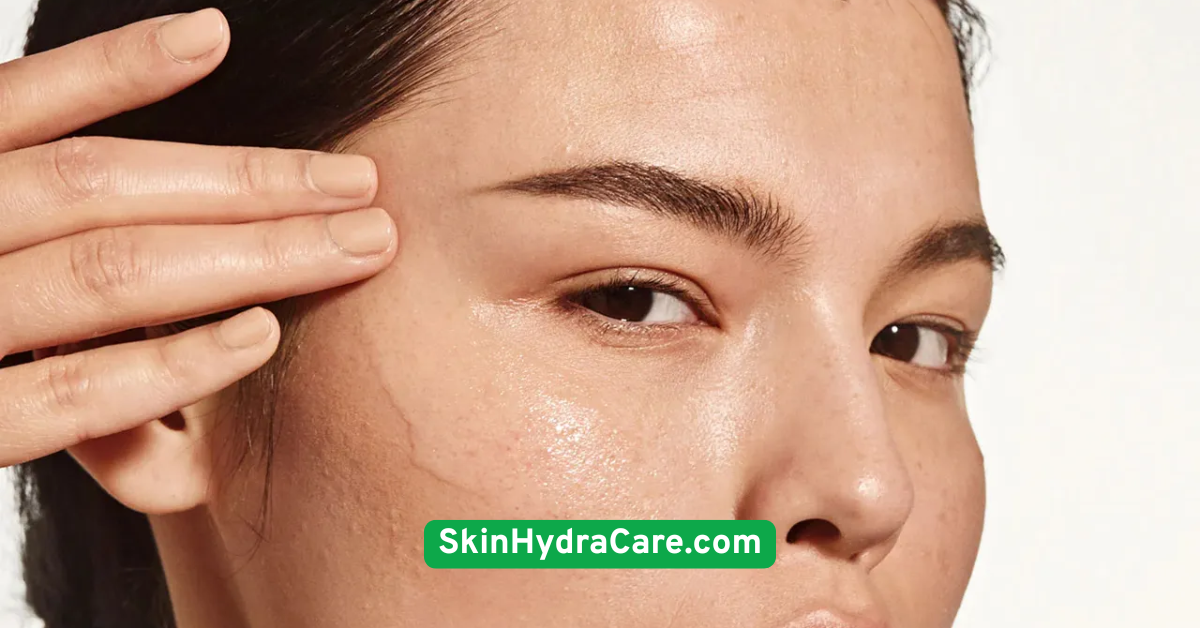
25. Test Patch Every New Product
Always apply a small amount of any new product to your jawline or behind your ear and wait 24–48 hours. This simple test can save you from full-face flare-ups.If you see no reaction, it’s usually safe to continue.
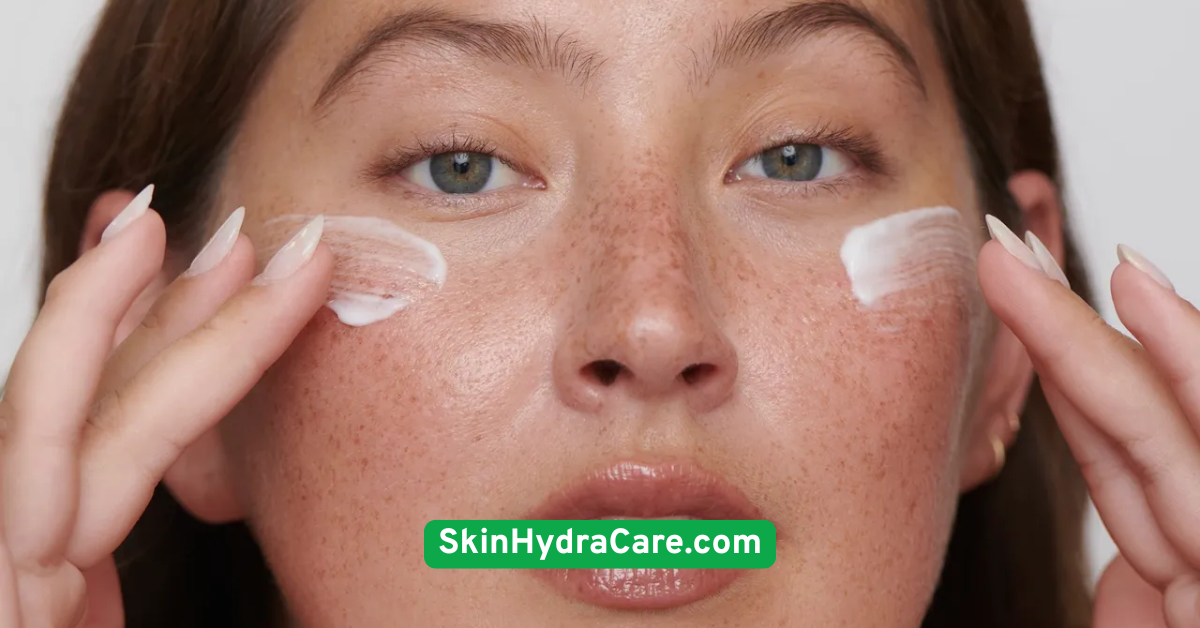
26. Choose Micellar Water for Makeup Removal
Micellar water is gentle, hydrating, and doesn’t require rinsing—ideal for sensitive, red-prone skin.Use a cotton pad and swipe gently. No rubbing required.
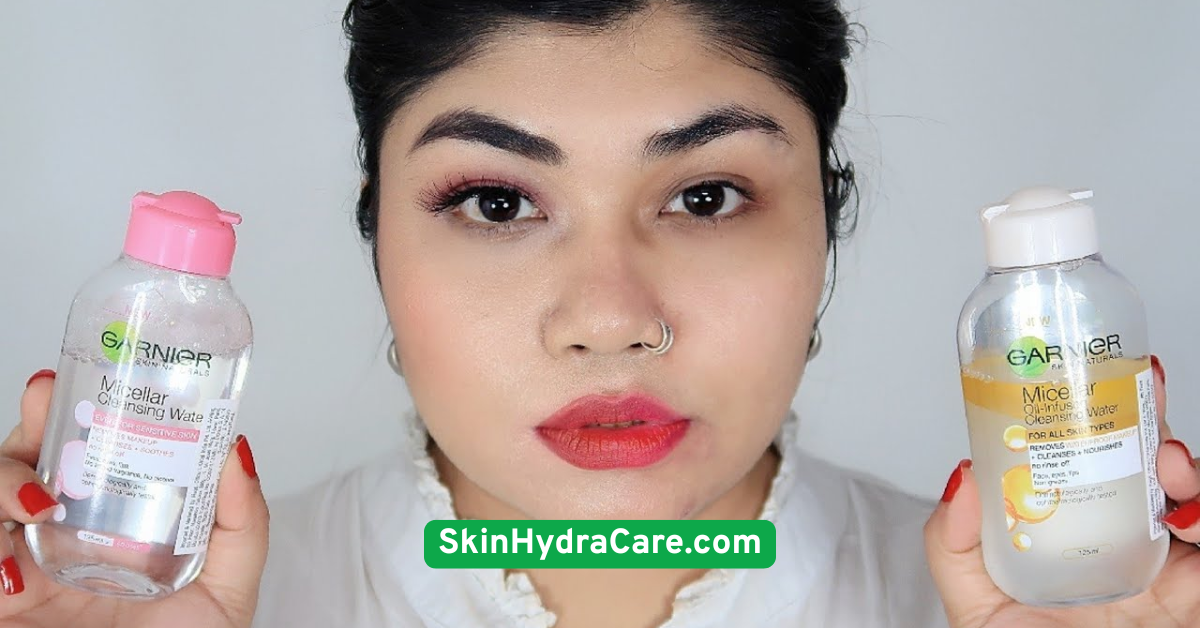
27. Avoid Essential Oils and Citrus Extracts
Essential oils might be natural, but they’re not always skin-friendly—especially for redness. Citrus oils, in particular, are phototoxic and can increase irritation.Stick with well-tested calming ingredients like allantoin, azelaic acid, or licorice root.
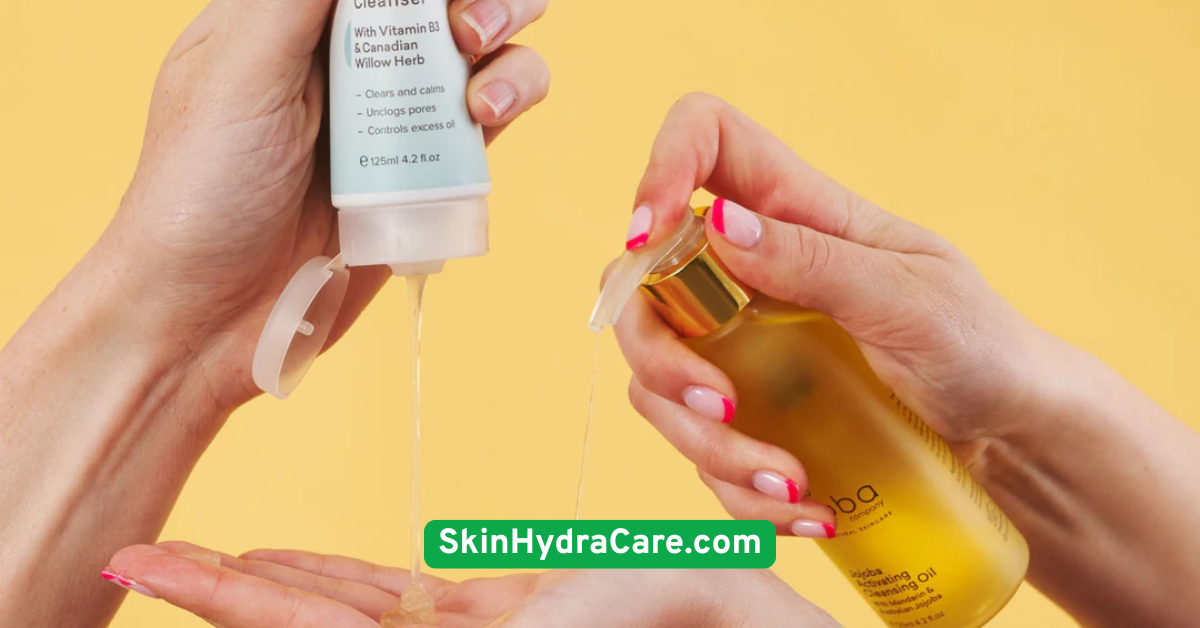
28. Sleep 7–8 Hours a Night
Your skin regenerates during sleep. Lack of rest increases cortisol levels, leading to inflammation and sensitivity.Prioritize good sleep hygiene and see the difference in your skin’s resilience.
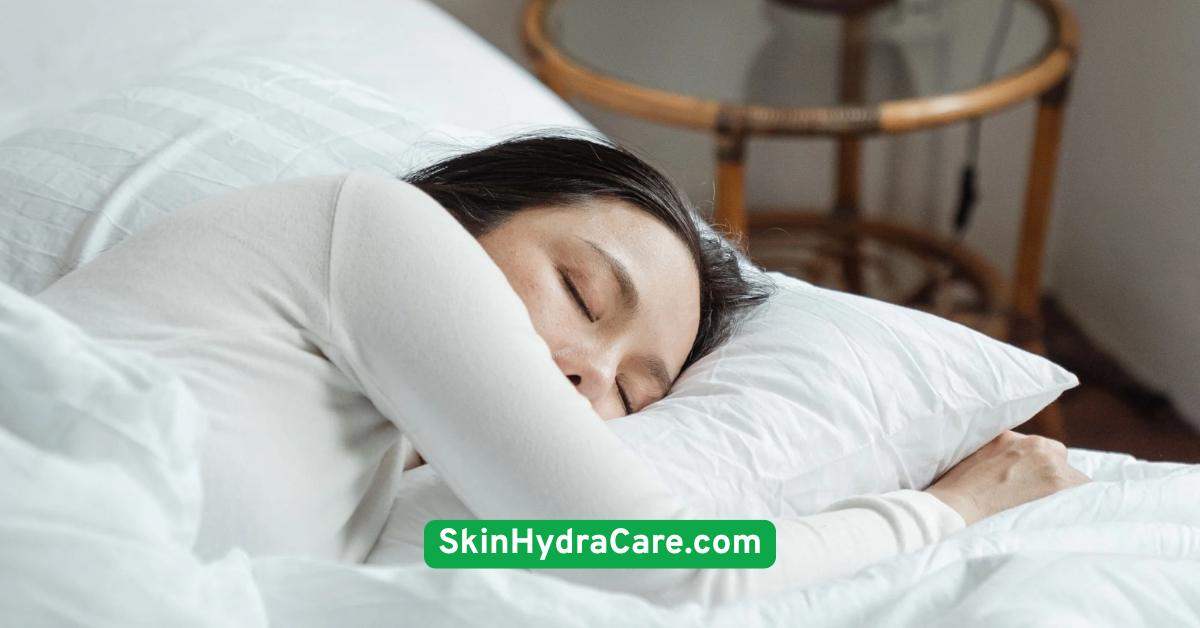
29. Use an Anti-Redness Serum with Licorice Root or Azelaic Acid
Both azelaic acid and licorice root extract reduce inflammation and help fade redness over time.Use at night, after cleansing and before moisturizing, to let your skin heal overnight.

30. Consult a Dermatologist for Persistent Redness
If nothing seems to work, don’t guess. Visit a professional. You may be dealing with rosacea, eczema, or another chronic condition.Dermatologists can prescribe treatments or suggest lasers that dramatically reduce redness.
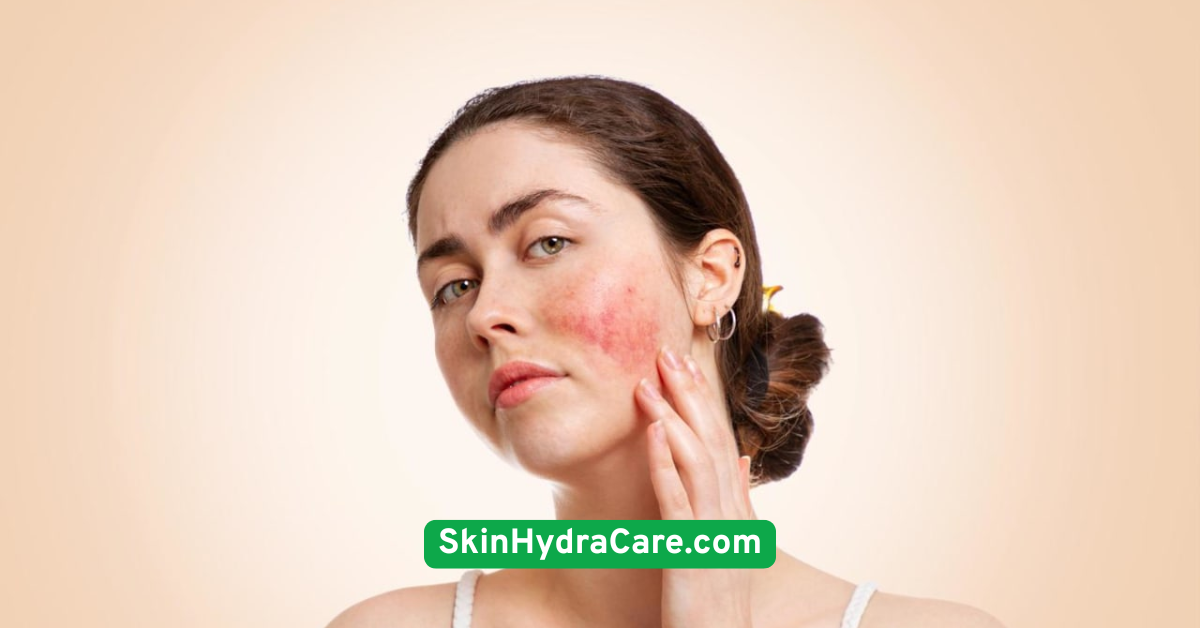
Conclusion
Redness can feel overwhelming, but with the right gentle skincare practices, you can absolutely regain calm, happy skin. Remember to start slow, stay consistent, and listen to your skin’s cues. You don’t need an expensive 12-step routine or complicated actives—just the right kind of care.
Pick one or two tips from this list to begin with and add more gradually. Your redness relief journey is personal—and it starts today. Here’s to a calmer, glowing you!

